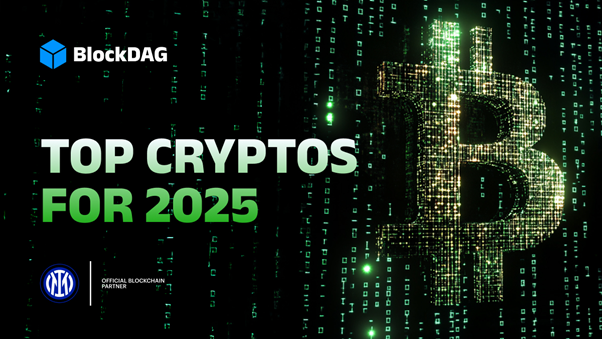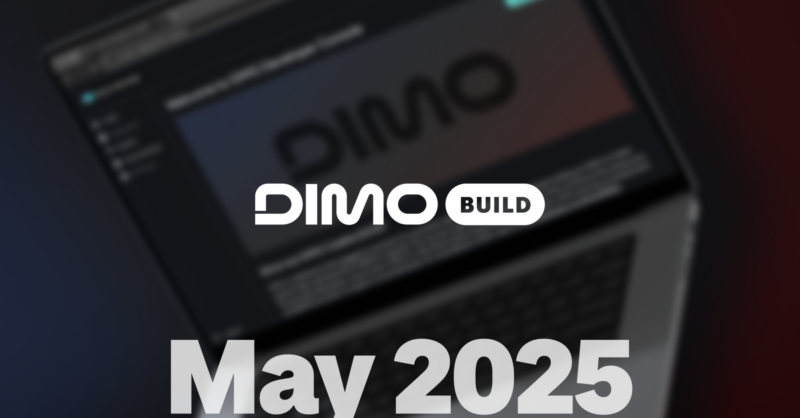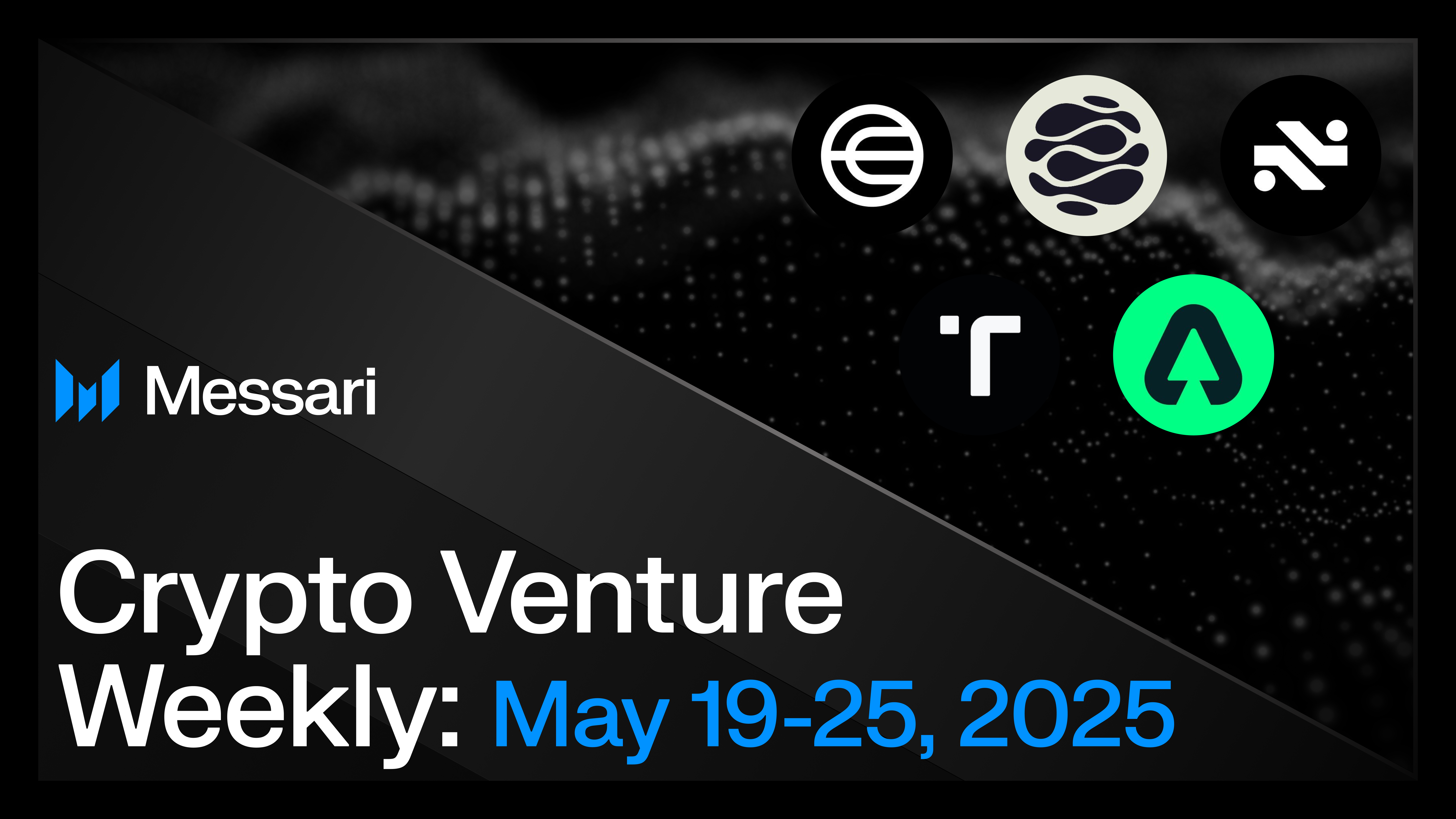Coldware (COLD) Emerges as a Strong Contender Against Solana (SOL)

The cryptocurrency market is in a state of constant evolution, with new projects emerging to capture the attention of traders. Among the established players, Solana (SOL) has maintained a robust position; however, it is now facing competition from a promising newcomer: Coldware (COLD). Coldware has garnered significant interest from Solana traders following a successful presale that lasted 14 days. This project, which focuses on decentralized finance (DeFi) solutions through its DePIN-based (Decentralized Payment Infrastructure Network) platform, is attracting both retail and institutional investors, highlighting a growing fascination with its innovative technology.
While Solana is primarily recognized for its speed and scalability, Coldware aims to provide practical, secure, and efficient financial solutions through a Web3 mobile application. This unique approach addresses the needs of a decentralized financial ecosystem, making it particularly appealing to Solana traders who are in search of stability and growth. As Coldware continues to gain traction, it is becoming a viable alternative for those looking to diversify their investments in the ever-changing crypto landscape.
As the competition heats up, Solana traders are increasingly considering Coldware as a serious investment opportunity. The impressive presale performance of Coldware positions it as a potential leader in the DeFi space, with the possibility of overtaking Solana if it maintains its current momentum. While Solana is expected to remain a dominant force in the blockchain sector, Coldware’s focus on real-world applications and decentralized finance could see it rise rapidly in both price and adoption, making it a noteworthy contender in the cryptocurrency market.
Related News





